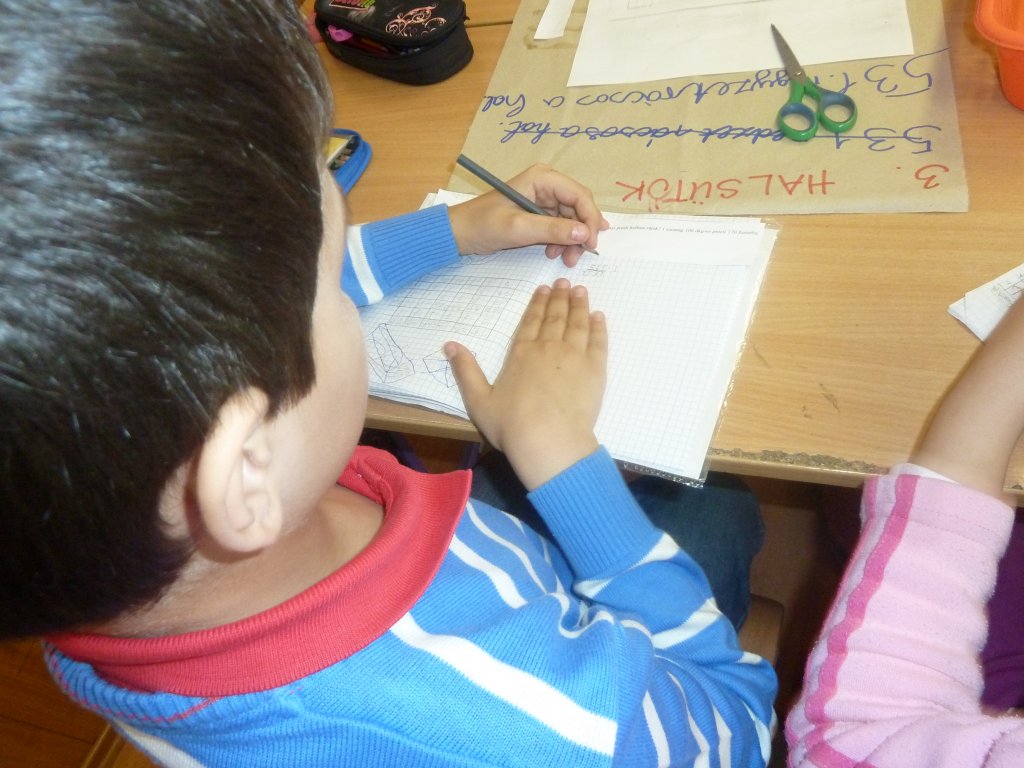Budapest Update: White flight from the 8th district’s schools
22 December 2014
I remember when I started the first grade in my home village in Transylvania. We were between twenty and thirty classmates, with six or seven Roma kids among us. They sat in the last row of benches and I myself had very little communication with them. The schoolteacher asked us all from time to time to help the Roma pupils with their learning and homework. Other times we had group work with the Roma pupils. What I remember very vividly is that one of them was already ten years old and it was strange to have somebody so different among us. The majority of the Roma dropped out after a few years. Like so many non-Roma, I was (without noticing it) witnessing the day-to-day reality of deep, segregating structures and being made to participate in it. I was being socialized in a racist society.

I have been living in the 8th district of Budapest for more than fifteen years. Recently we had to look for a school for our older daughter. Kindergarten teachers recommended a few schools, but only one of them is maintained by the local government of the 8th district. The others in the district belong to the Budapest municipality, and there are schools run by the 9th and 5th districts open to and easily reachable for inhabitants of our district.
In Hungary we are living through ‘white flight’, by which I mean a change in the racial composition of schools due to the transfer of pupils out of schools where the rate of Roma students exceeds some limit, or the failure to enrol non-Roma pupils in those schools in the first place.
The phenomenon of ghettoisation in Hungary started in the 1980s. With the rehabilitation of the 9th district of Budapest in late 1990s and up until a few years ago, many Roma from a notoriously segregated area in the 9th district were relocated to the 20th and 21st districts, but many of them ended up in the 8th district, where Roma were already overrepresented. From that time, Roma students started to be overrepresented in the 8th district schools as well, a process accelerated by white flight. An inevitable consequence of these changes is that we now have less qualified teachers in the 8th district.
This is the subject of a lot of chatter on internet forums. In one of them I read about a student’s fear of being picked on by Roma students. Their school was merged with another one – a quite common practice in Budapest: when there are unused spaces in schools, the municipality merges schools, creating a majority-Roma establishment. What was previously segregation between different buildings becomes even more absurd: the Roma and non-Roma pupils have their classrooms on separate floors, although the entrance and the toilets are common.
From my perspective, things seem to be improving for Roma since I was a child. More and more Roma graduate from universities and Roma parents are increasingly able to ensure their children get the education they deserve. The statistics definitely show a positive tendency. But things are still problematic for many Roma, who are victims of discrimination that can make places like the 8th district feel like apartheid societies.
I like to think that in my role as an administrator at the ERRC, I am playing my part to bring about an equal society where Roma are recognised as equal citizens and human beings. But what do I do as the parent of a non-Roma child in a toxic school system which encourages non-Roma parents to collaborate in the exclusion of Roma? The 8th district is now (as it has been in the past) a special place where Roma and non-Roma Hungarians, along with recent immigrations (for example from East Asia) rub elbows. We could be a model for a diverse Hungary. Instead, we are the victims of the latest experiments in segregation.




